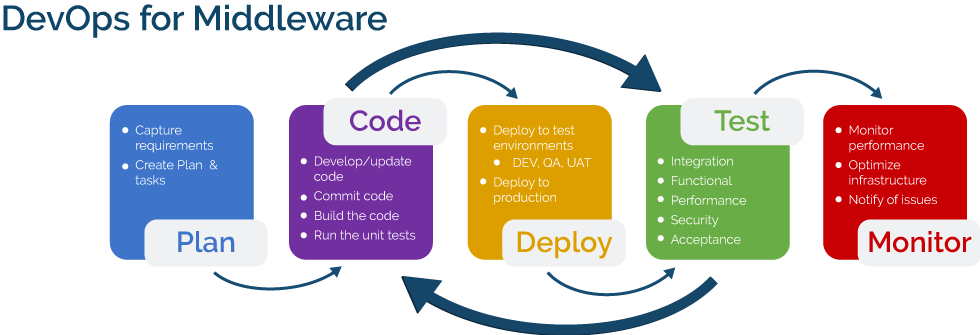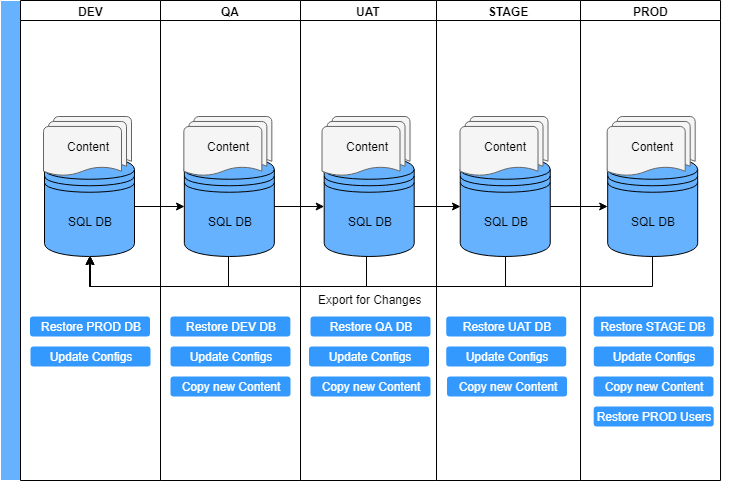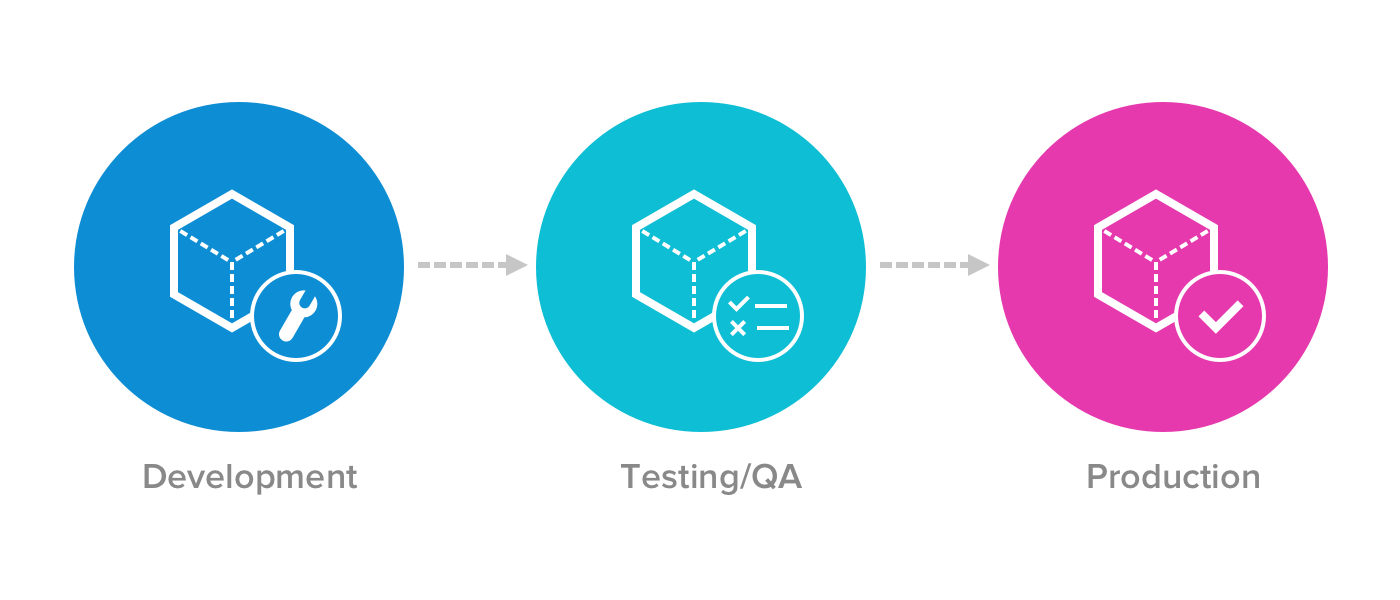Dev Qa Uat Prod Environments
Development test qa and production environments.

Dev qa uat prod environments. You should perform uat on test and then once approved release from test to live. This document assumes that you are using the following different types of environments. A development environment is where you configure customize and use source control to build an image of the waveset application to be promoted to another environment. Your live environment should be a mirror of the last tested and approved release on test.
The development and production environments are not effected. As an example say that a team is working on a product which requires deploying a few apis along with a front end application. And production users ensure that the prod configuration is active when they use warehouse builder. The preferred method for managing multiple environments begins with creating a.
For iterationstesting and validation before releasing to the client. Now when the developers who originally developed through the dev uat route want to release something in qa prod they face challenges as their dev uat dont match with qa prod. By doing this a client will be able to. The pattern continues with qa users adding shortcuts to the deploy to production collection.
But the database is separate where it usually doesnt include caching and other configurations to handle scale. Usually this will require at least 2 environments. The fundamental difference between a uat and test server is that uat is configured to run as a production build. You also write an upgrade procedure in this environment that you follow in each target environment.
This server will be set up in an environment that the client will be using. So they need to reverse engineer to make their own code work in qa prod.






